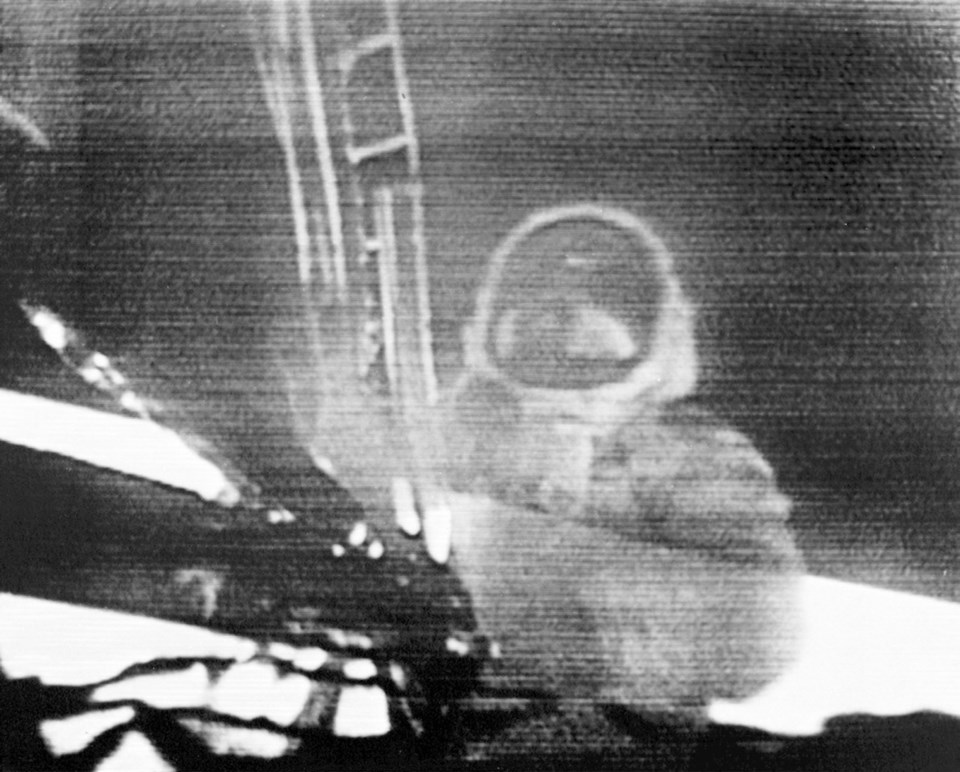 Some of the moon-landing tales are pretty funny. Take Magdelana Eberl’s tale of going into the Royal Jubilee to give birth, only to have a nurse ask if she could delay the launch until Neil Armstrong had done his thing.
Some of the moon-landing tales are pretty funny. Take Magdelana Eberl’s tale of going into the Royal Jubilee to give birth, only to have a nurse ask if she could delay the launch until Neil Armstrong had done his thing.
Some of the stories are poignant: Christina Truscott wrote of a rocket-building German grandfather jammed into a corner by the Nazis he despised.
The anecdotes flooded in after the Times Colonist asked readers to share their memories of the Apollo 11 moon landing, 50 years ago today.
The vignettes were touching, amusing, unexpected and almost always shimmering with the excitement of the time (save for the one from the guy who wrote “If you want to sell more papers, please take a giant leap for future potential subscribers by not pushing false narratives such as the so-called moon landing. Everyone in the world knows it didn’t happen.”)
It was Eberl’s son-in-law who urged us to ask her about the day she rushed in to hospital to give birth, only to find the staff weren’t in as much of a hurry.
“Everybody, doctors and nurses, were standing in front of the TV,” she recalled. They were watching the moon mission. Alas, Eberl could only see half the screen.
A nurse came over and said: “Can you hold on?”
“Maybe if I had made a noise, they would have come running.”
In the end, her son, whose middle name is Lunar, was just fine.
By contrast, there was Truscott’s story of her grandfather, Kurt Bohm, who first began working on Germany’s rocket program in 1932.
“He dreamed of a way to reach the stars,” says the Victoria woman. “He worked on designing and developing jet-propelled rockets that would eventually reach the moon.”
Ah, but the German physicist and engineer was also active in the pre-war Reichsbanner — the resistance against Adolf Hitler. Although sent to the military’s new Peenemunde research centre in 1937, he didn’t want to help the Nazis. So in 1943, when the German military ordered him to work on the V-1 and V-2 rockets that would rain down on Britain, Bohm balked.
That’s when the trouble began. “One evening, my grandparents’ front door was kicked in and my grandmother, Martha Bohm, was dragged away,” Truscott writes. Bohm’s daughters, including Truscott’s mother, were hauled off to “rehabilitation” camp.
Bohm asked his friend Wernher von Braun, with whom he worked at Peenemunde, what he should do. “Von Braun told my grandfather that he needed to comply or he wouldn’t see his family again.”
That’s what Bohm did, reluctantly. His wife was freed. (“What they didn’t know is that she was hiding Jews from the Nazis and helped smuggle them out of Berlin.”)
Truscott says her grandfather dragged his feet while working on the V-1 and V-2 rockets, though. She still has the diary he kept after escaping with plans for the devices in 1945.
After the war, the U.S. was eager to pull von Braun and other Peenemunde engineers and scientists into what became NASA. Bohm was asked to go, but Martha was too ill, so they stayed in Berlin.
Fast forward to July 20, 1969.
“My grandfather visited us in Vancouver specifically to watch the moon landing,” Truscott writes. She remembers sitting on the couch with him, her mother and her sister Angela, all eyes on the TV as the lunar module descended.
“My grandfather hardly spoke. But when they landed, he said: ‘I helped do that.’
“I turned to look at him and saw a small tear running down his cheek.”
> You can read more submissions from readers here.



